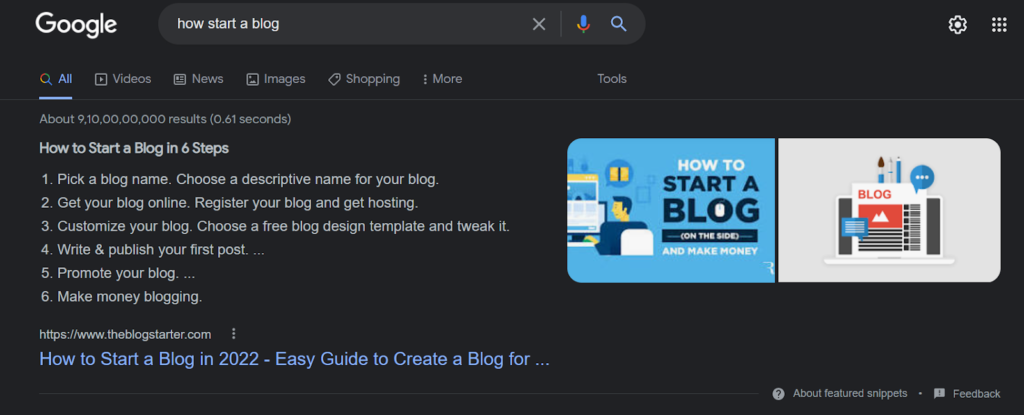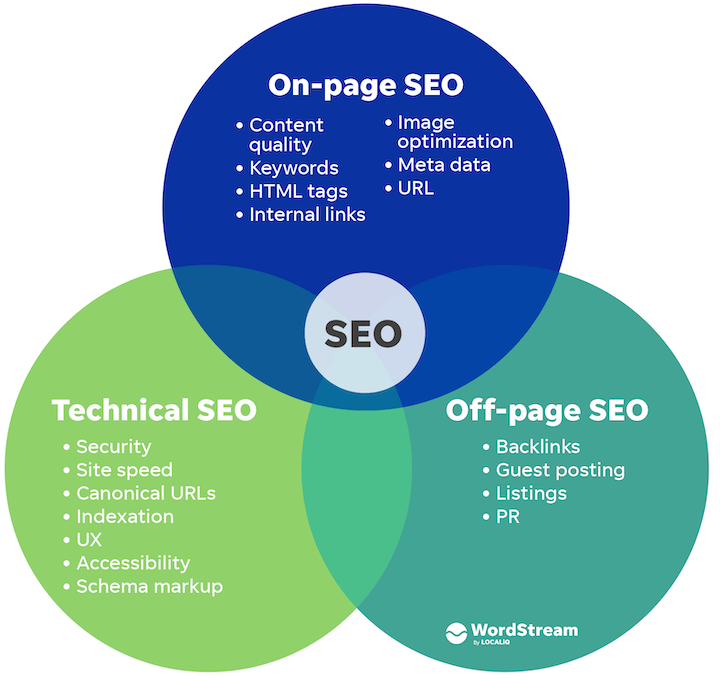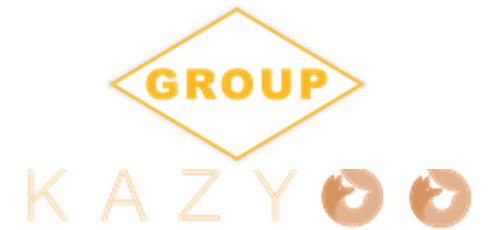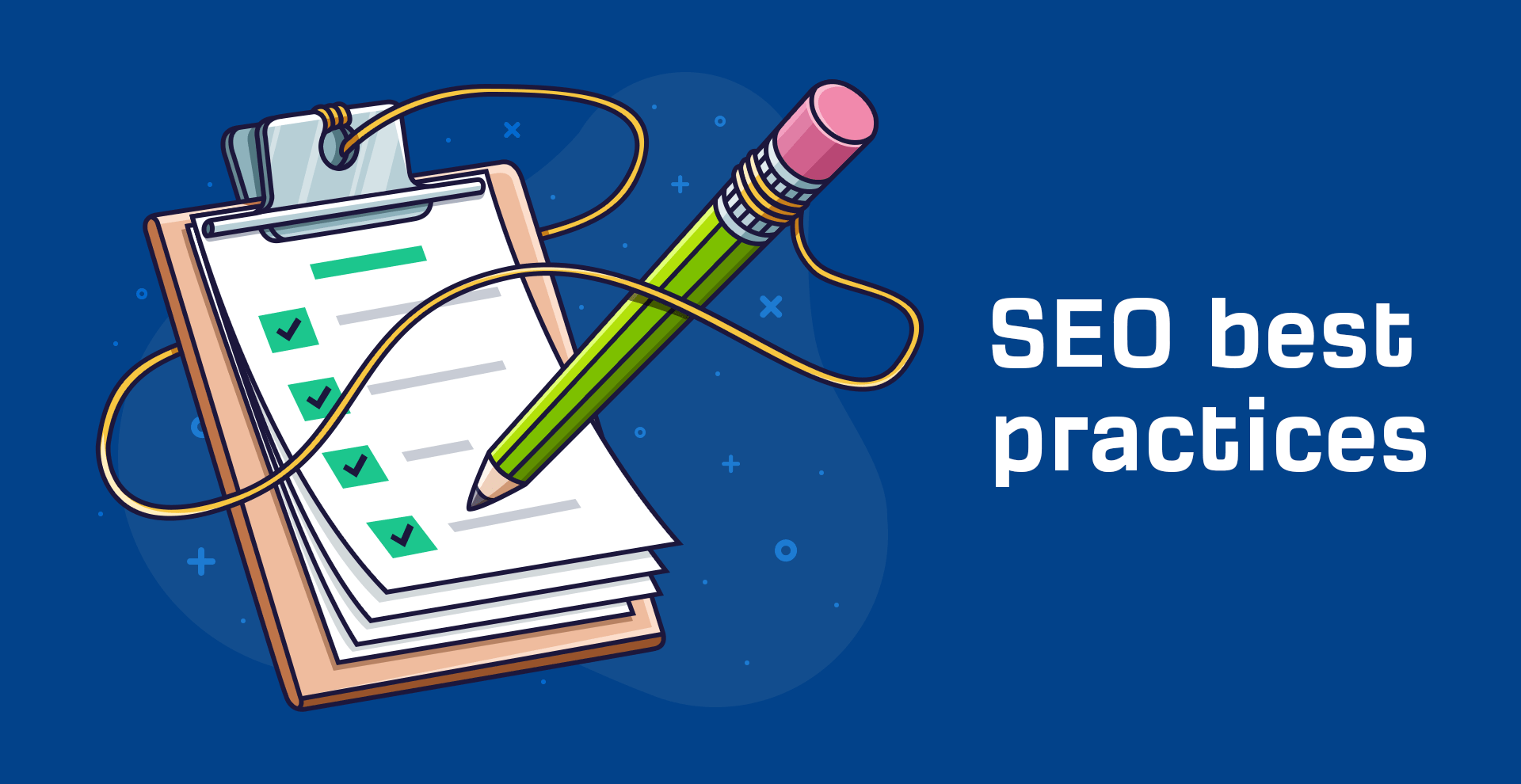In 2025, Google released eight updates to its algorithm, tweaking and redefining what constitutes SEO best practices. To get your content to the first page, you have to stay up-to-date and practice good SEO, let’s look at the SEO Best Practices for 2025 and search engine optimization tactics that you should be implementing today.
SEO Best Practices for 2025 include:
- Produce high-quality and helpful content
- Optimize Your Website for Google Discover
- Use AI to support your human creators
- Featured Snippets
- Use Long Tail Keyword Phrases
- Relevant Meta Titles and Descriptions
- Analyze your Internal links
- Generate Effective and Quality Backlinks
- Diversify and repurpose your content regularly
- Think outside the Google box when it comes to search
- Consider your global audience and the traffic they bring
- Make accessibility a big part of your SEO strategy
- Focus on Technical SEO
- Do Regular SEO Audits
14 SEO Best Practices for 2025
1. Google wants you to produce high-quality, accessible, and helpful content
Google’s latest big update is called the “Helpful Content Update”, and it shows us exactly how focused the search company is on this specific aspect of content.
The easiest way to follow SEO best practices in 2025 is to follow Google’s public instructions In their official blog post regarding the update. In this case, that means ensuring everything you post is intended to serve your audience and answer their questions about your area of expertise.
2. Optimize Your Website for Google Discover
Google Discover is a feed that appears on Google’s home page for mobile phone users. It improvises user search activities to understand their interests and preferences. It presents visitors with the most appropriate search queries based on their interests and preferences.
It is one of the essential SEO practices in 2025. Optimizing your website for Google Discover can substantially increase traffic on your website and connect you with millions of potential business prospects.
3. Use AI to support your human creators, not replace them
Why is Google talking about humans creating content? What’s the alternative? The answer is artificial intelligence. Tools like Jasper.ai and Copy.ai are becoming increasingly popular, but Google clearly sees this as somewhat of an issue.
There’s no issue with using AI to support your content creators. In fact, but you still need human writers, editors, and designers who can bring the content up to Google’s level of expectations.
If you’re generating the majority of your blog articles relying entirely on AI, Google is going to penalize you.
4. Featured Snippets

In 2025, you should improve search engine rankings for a featured snippet as a part of your marketing strategy, because featured snippets will often appear at the top of search query results pages as pictured above. Google snippets answer the user intent in a more enhanced way. It benefits organic searches, as the featured snippets gain more attention and clicks from the people. You can pull numerous visitors to your website via featured snippets.
5. Use Long Tail Keyword Phrases in your anchor text
When linking to another page, try to include that page’s focus keyword within the anchor text. Google becomes more advanced with every single update it makes. Now Google understands that if a person is searching for a suitable vacuum cleaner, there are associated keywords, sometimes containing one or several more keywords, that relate to the search. It is undeniable that short keywords are more competitive, but long-tail keywords with more than three words can boost your domain to rank top in Google. Targeting long-tail keywords will be a technique to refresh your keyword strategy in 2025. It can help you in optimizing your web page or article. To ensure your content with the long-tail keyword ranks, you must create high-quality and engaging content that justifies user needs.
Check out your SEO tools or even look at what people are searching to find you in Google Search Console for some inspiration.
6. Relevant Meta Titles and Descriptions
You should describe your web page intent clearly, and meta titles and the meta description are the tags used for this purpose. It is a way for you to define the contents of a web page to your visitors and the search engine bots. These help people in finding out directly about your content and indirectly about what your business does.
7. Internal links are one of the most important SEO best practices
Internal links, which link from one page on your website to another page on the same domain, help search algorithms understand the structure and layout of your website. Knowing the SEO best practices for internal links is vital if you want to remain competitive in 2025. So, Link often to your most important pages. Google sees internal links as an indication that the page you’re linking to is important. Use this to your advantage by sending a good number of internal links to your most important pages.
As you create more content, it’s important to go back and link old blog articles and posts to your most recent publications. A tool like LinkWhisper can help you audit your old blogs and find internal linking opportunities.
If you keep a healthy content calendar, then spend time every month looking back at older months’ content and assessing whether you need to add internal links. If you do this frequently, it will save you from having to overhaul all your internal links at once.
8. Generate Effective and Quality Backlinks
Use partnerships and social promotion to bring in backlinks
Backlinks are still an important component of SEO best practices in 2025. Google uses the links pointing to your site from other reputable, relevant websites to assess your domain authority, which affects your SEO overall.
Google has been clear that they want websites to obtain backlinks organically; the algorithm screens for websites that obtain links through nefarious methods (like purchasing backlinks).
high-quality backlinks are going to make a huge difference. Nowadays, you can’t have a successful SEO strategy without building quality links to your website from other sites with established reputable authority and trustworthiness in their niche markets.
Instead, Google wants websites to obtain backlinks by publishing content that’s worth linking to. Historically (and still in 2023), content that naturally brings in backlinks includes:
- Surveys and studies
- Articles with lots of statistics
- Content featuring quotes and roundups
- Guides, walkthroughs, and lists
- News updates
In addition to creating content that falls into these categories, you can enhance your backlink profile by building partnerships. Connecting with other websites that share your same audience (but aren’t your direct competitors) can help you pull in valuable backlinks at a much higher rate.
Furthermore, you should be leveraging your own social media and the social media of your partners to reach a wider audience and promote your content further.
9. Diversify and repurpose your content regularly
Getting to the first page for your target keywords requires consistent production and promotion.
For example, let’s say you‘ve just written a long-form search-optimized blog article. Instead of publishing it and walking away, you could increase the reach and lifespan of the content by:
- Creating Twitter threads showcasing the top points
- Turning the blog into an email sequence for your mailing list
- Using the blog imagery on your Instagram feeds
- Republishing the blog on LinkedIn and Medium
- Turning the blog into a podcast
- Creating a video explainer to go along with the blog
- And more.
10. Think outside the Google box when it comes to search
Google still owns the lion’s share of the searches happening on the internet, but they are far from the only players in the game.
While speaking at a conference in July 2022, Google Senior Vice President Prabhakar Raghavan said:
“In our studies, something like almost 40% of young people, when they’re looking for a place for lunch, they don’t go to Google Maps or Search,” he continued. “They go to TikTok or Instagram.”
As you consider the SEO best practices for 2025, investigate where your audience is performing searches outside of Google.
For example, if you operate a hotel, then your audience may be more likely to encounter you on hotel booking engines than on Google. If your target audience is under 35, you have an opportunity to show up in their searches on TikTok and Instagram.
Once you know where your audience is operating, research how those algorithms work and make it a core part of your strategy.
11. Consider your global audience and the traffic they bring
One of Google’s more recent updates, known as the Google Multitask Unified Model, or MUM, has interesting implications for multi-language searches.
MUM uses sophisticated AI to interpret linguistic nuances that the search engine wouldn’t have understood just a few months ago. There’s a lot that MUM can do, but for the most part, it’s an update that aims to make search terms easier to understand.
If you haven’t started adding a global and multi-lingual component to your SEO strategy, now is the time. Even if your audience is located in one geographic region, consider publishing content in multiple languages to reap the benefits.
12. Make accessibility a big part of your SEO strategy
All search algorithms are built to make searching easier for larger populations. Google and other search engines reward content that helps with this mission. That’s why many SEO best practices are centered around accessibility.
For example, it’s long been considered best practice to add alt tags to the images and videos you include in your content. This not only helps search bots understand what the image or video is showing, but it also provides descriptions for people who have vision impairments.
In addition to alt tags, there are other things you can do to make your content more accessible and, therefore, more search-friendly:
- Use a readable font with a larger (12pt – 16pt) font size
- Avoid colored text on a colored background (black and white works best!)
- Create a “dark mode” version of your website or app
- Add captions to all video content
- Provide written transcripts of audio content
- Create audio recordings of your most popular content
- Offer content in multiple languages
- Ask your audience what accessibility options you can provide
13. Focus on Technical SEO

Technical SEO is a way for you to help Google bots crawl the content of your website. It is one of the core SEO practices for increasing website organic rankings. It makes your website presentable and SEO-friendly. Here are some of the essential elements of technical SEO.
- Sitemap:- It enables search engines and website visitors to navigate through the website.
- SSL certificate:- An SSL-certified website is compact with the HTTPS tag in its URL. It proves the authority and trustworthiness of your website in Google’s eyes.
The URL structure of your website is an essential tool to explain your website content matter. Use keywords in the URL instead of random numbers so that the search engine and users get a fair idea of the website subject matter.
There are some tips you can follow to make a well-structured URL
- Avoid longer URLs
- Use keywords that target the content of your website.
- URLs should be clean and free from unnecessary symbols and words.
- URLs should be descriptive.
14. Do Regular SEO Audits
SEO audit is one of the topmost fundamental SEO principles that help achieve the final goal for the websites. You must do periodic audits on your website. Re-running the audit will help you make your web page free from silly mistakes.

